1922 is the wonder year of twentieth century literature, the so-called annus mirabilis: T.S. Eliot published The Waste Land, James Joyce brought out Ulysses and Proust died with Remembrance of Things Past as ready as it would ever be. The polymath Henry Ergas sent a reminder that 1922 was also the year of D.H. Lawrence’s Kangaroo but despite a gesture in this direction all reference to Lawrence’s clairvoyant depiction of Australia in a state of dramatic political turmoil went on the editorial cutting floor. Then, just recently, Gideon Haigh wrote a long piece rehearsing the twists and turns of Lawrence’s plot – the private armies, the smouldering emotions, the simmering socialism, all in a country that outraged Lawrence with its capacity to settle for the nearest compromised comfortable thing.
From the perspective of the kind of narrowly canonical evaluative criticism which F.R. Leavis promulgated at Cambridge, where Lawrence was seen almost as a messianic figure and certainly as the supreme literary figure of his generation, Kangaroo would have seemed like a minor work from the author of The Rainbow and Women in Love or even the earlier resolutely realistic Sons and Lovers. But that’s not how it seems if you pick it up now. The epical magnitude of The Rainbow and its extension in the virulence of the depiction of men and women forever wrestling and twisting and consumed by the violence of the passion they feel is replaced in Kangaroo by a sort of clairvoyant dream of what’s possible in this sun-drenched suburban diminishment of a place. But paradoxically the upshot is full of fire and pace. Kangaroo is a kind of political yarn by this bearded pariah sitting in Thirroul and wondering at the action that could be envisaged from what he is imagining with a mighty hunger.
And how odd to think as we face this unreadable letdown of an election that we can be swept up by this dramatic dream of Australia – so urgently political in its every zigzag between left and right, its vociferous dramatisation of what might be fascism, its power of understanding for something opposite – that all this was brewing in Lawrence’s mind a hundred years ago.
No major writer on earth is less fashionable now than Lawrence with his vast, tumultuous mythologies about womankind but if you look at him simply in terms of his gift (as opposed to his achievement) he is far and away the greatest writer of his generation. He has, pretty self-evidently, a better ear than Joyce, an immeasurably superior sense of narrative, a tremendous imaginative stamina. It is written all over the journals, the literary criticism, it is there flawlessly in the anthology piece poem ‘Snake’, or in a supremely poignant and symbolic story like ‘The Rocking Horse Winner.’ And it is there in Kangaroo.
When J.I.M. Stewart who was marooned in Australia during World War II as Jury Professor of English at Adelaide University had to give a lecture on Australian literature he declared that there wasn’t any so he would talk about D.H. Lawrence’s Kangaroo.
Stewart went on to write the twentieth century volume in the Oxford History of English Literature and his criticism has a swift elegance and dryness which is opposite to the undulating mannerisms and enchantments of the fiction that he published under his own name which was admired by Philip Larkin among others. However in his Adelaide days he was busily at work – well, busily at play – concocting detective stories under the name Michael Innes.
Graham Greene in his book of memoirs Ways of Escape says he read Innes in his long journey to West Africa and he was struck by the way these mysteries were funny and fantastical at the same time. They represent at their best a kind of dream of the English detective story. Perhaps the austerities –and amenities – of wartime Adelaide contributed to it but there’s a gorgeous charm in the way the detective John Appleby can quote literature at the flick of his beautifully cufflinked wrist and that all the characters are like vividly conjured figures from high comedy. Appleby himself is easy to imagine played by Michael Denison – Algy in the old Asquith film of The Importance of Being Earnest. The best introduction is Hamlet, Revenge! where a production of that most intellectualised vendetta play is staged in a ducal estate and foreign secretaries – in this case one Lord Auldearn – and noted scholars re-enact ancient rivalries and a famous actor broods as the Prince. It’s so idle and it has its own sublimity. It all certainly works to justify the old blurb that the Innes books bring out the fourteen-year-old in highbrows.
Strange too that J.I.M. Stewart was around when Max Harris got caught up in that extraordinary adolescent send-up of all miracles of modernism, the Ern Malley affair – that hoax perpetrated by James McAuley and Harold Stewart which led to an obscenity trial that was as fantastical in its way and as funny as anything Graham Greene admired in the Appleby books.
All of which may seem a far cry from the fact that Leah Purcell has written, directed and is starring in a new film version of The Drover’s Wife. Henry Lawson’s famous story about the woman isolated with her children in the loneliness of the bush is a reminder that there always was an Australian literature. Purcell’s take on it is part of a long history that includes in pride of place, Murray Bail’s hilarious meta-meditation.
Graham Greene and Henry Lawson are reminders that there’s more to writing than the vertiginously high tricks of modernism. But if we were to stick to that renaissance moment we should remember that the greatest short story writer touched by it was the extraordinary kiwi Katherine Mansfield. She is sometimes wrongly overshadowed by Virginia Woolf but if you want someone who can incorporate the kaleidoscopic shifts of perspective which Joyce executed at epical length take a look at Mansfield stories like ‘At the Bay’. Mansfield was an absolute master of narrative momentum as her most famous story ‘The Garden Party’ shows with a classical crispness but she could also dazzle by the way she could switch like magic from one perspective to another.
Got something to add? Join the discussion and comment below.
Get 10 issues for just $10
Subscribe to The Spectator Australia today for the next 10 magazine issues, plus full online access, for just $10.
You might disagree with half of it, but you’ll enjoy reading all of it. Try your first month for free, then just $2 a week for the remainder of your first year.

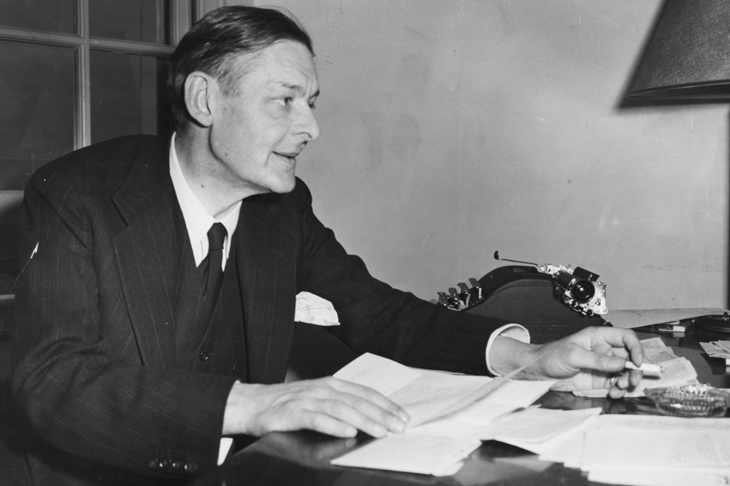
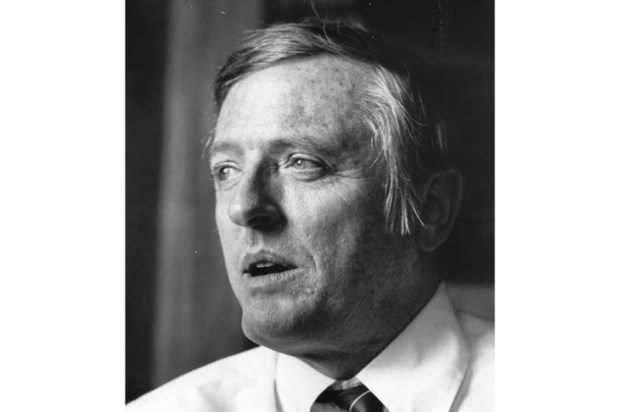
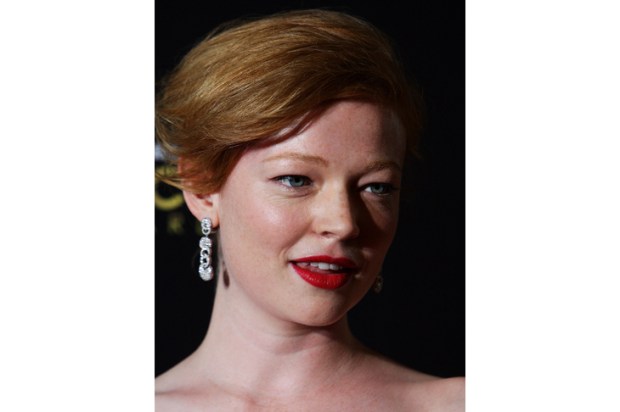
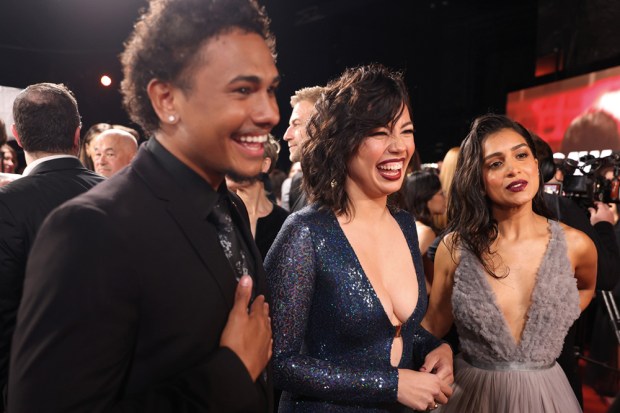
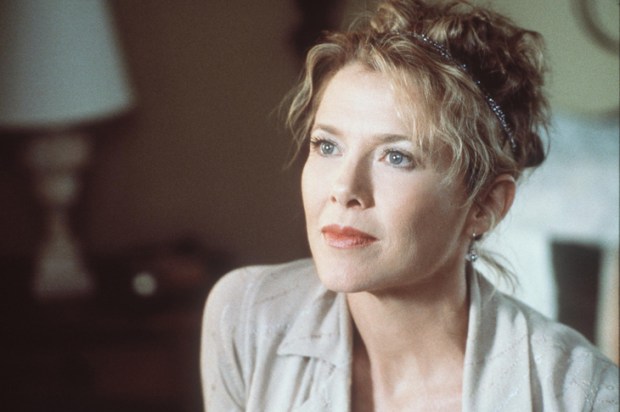
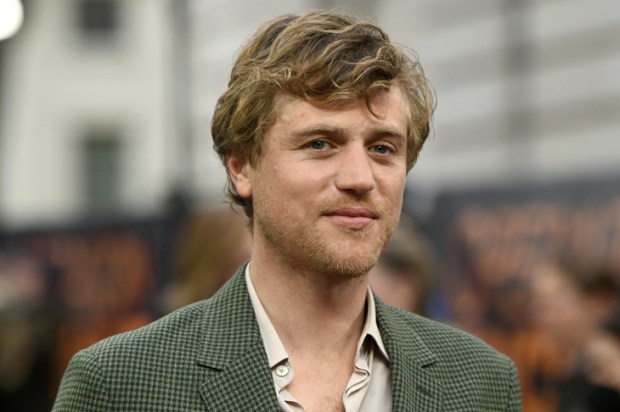
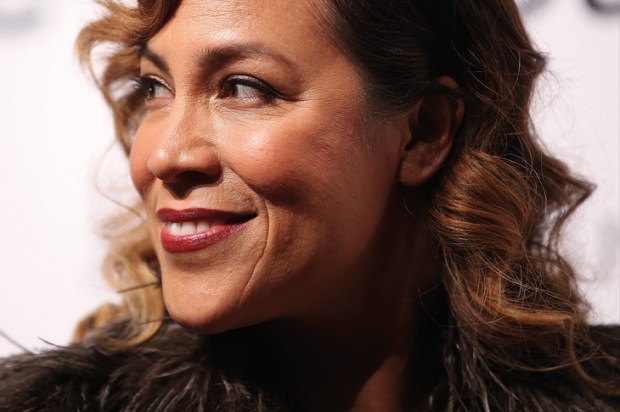






Comments
Don't miss out
Join the conversation with other Spectator Australia readers. Subscribe to leave a comment.
SUBSCRIBEAlready a subscriber? Log in